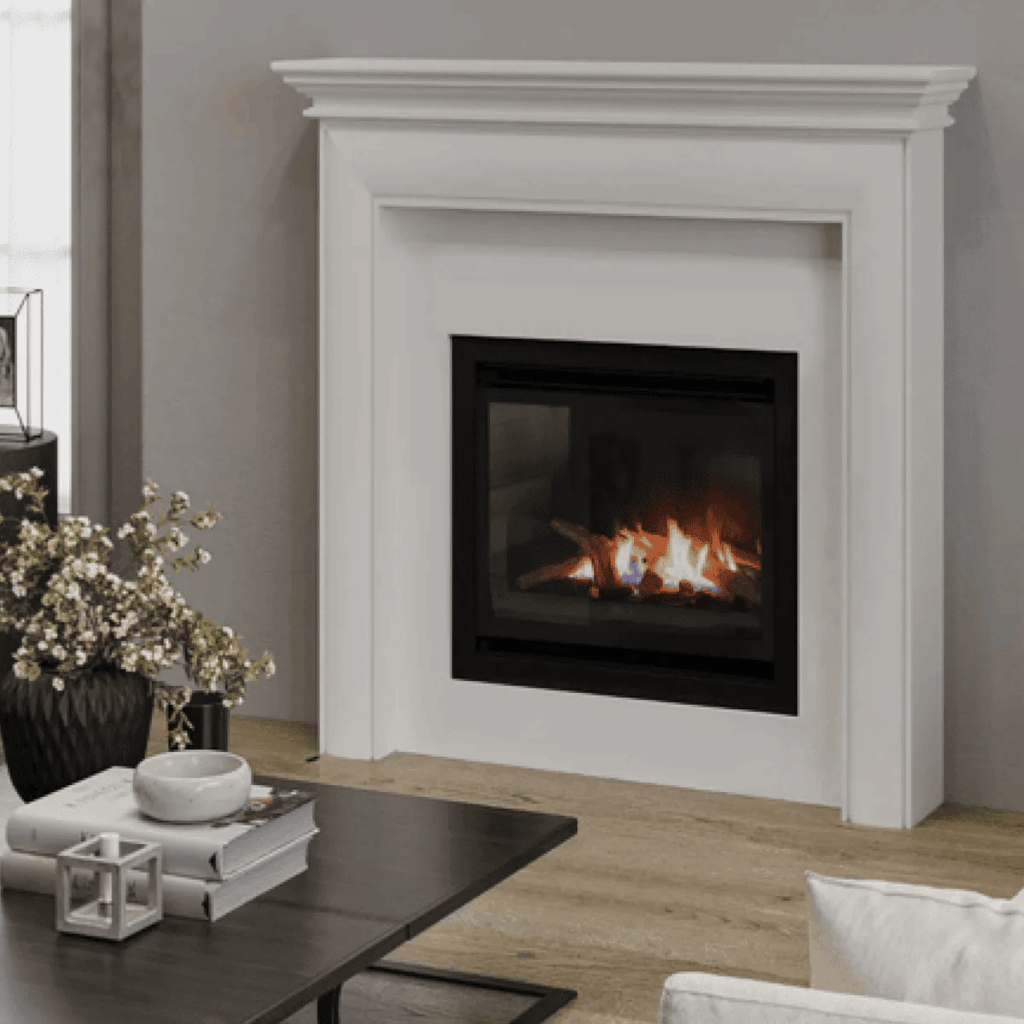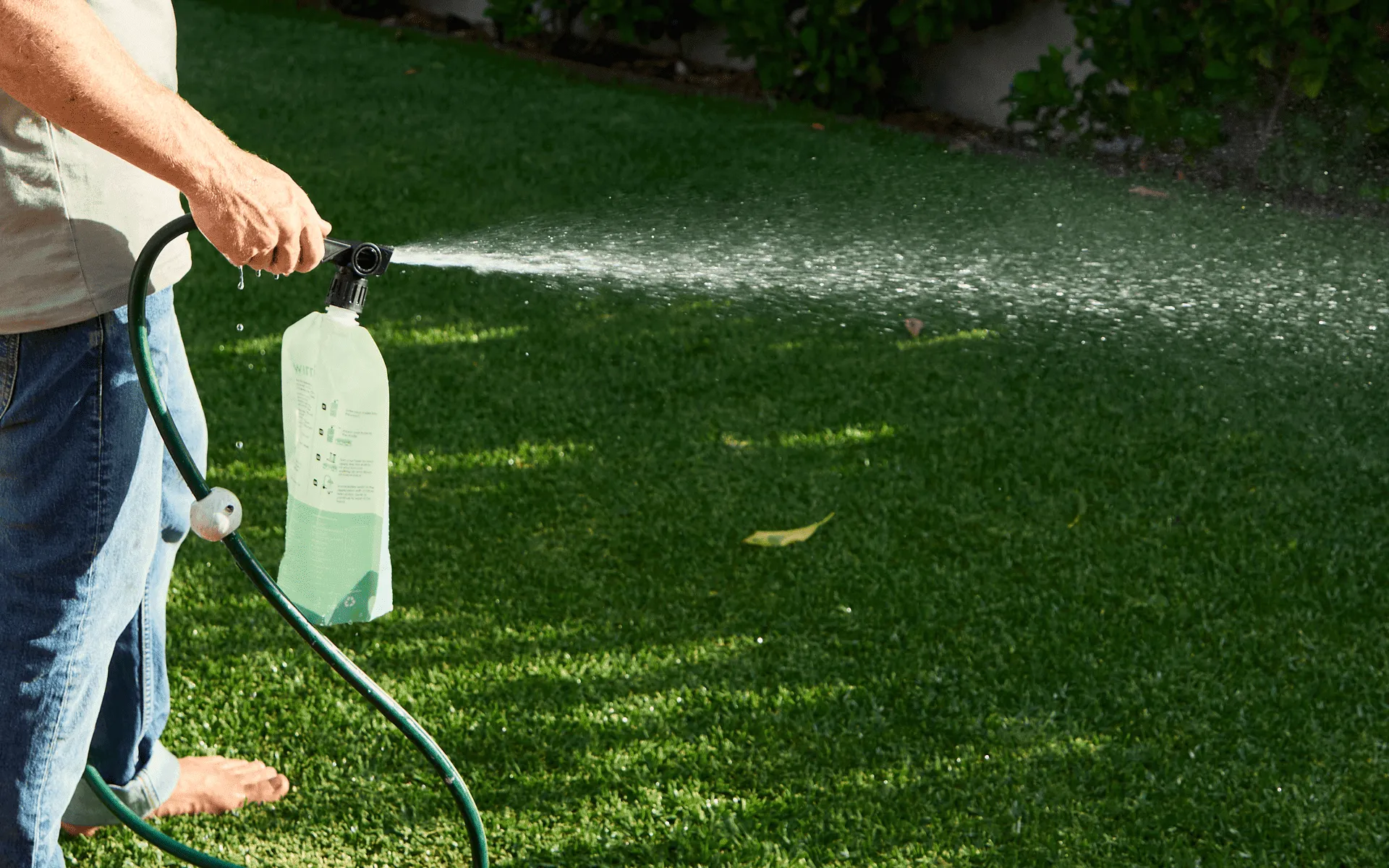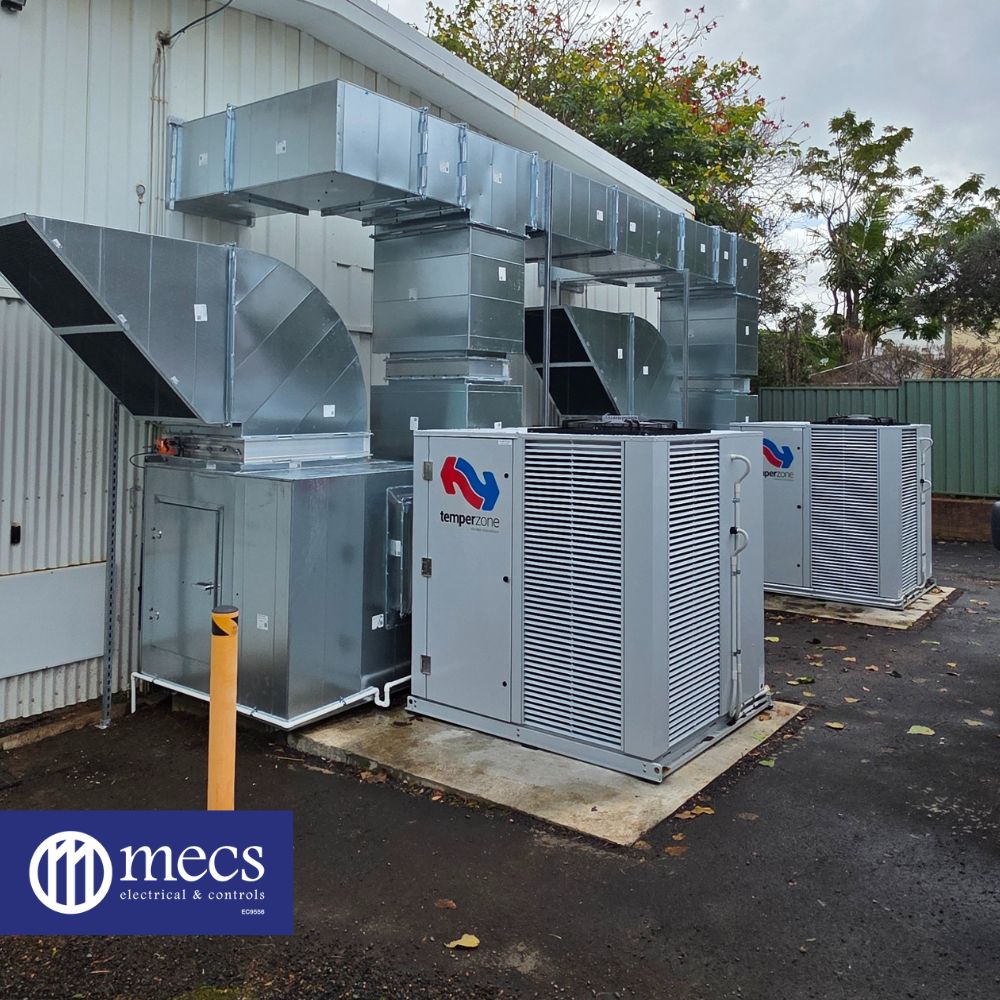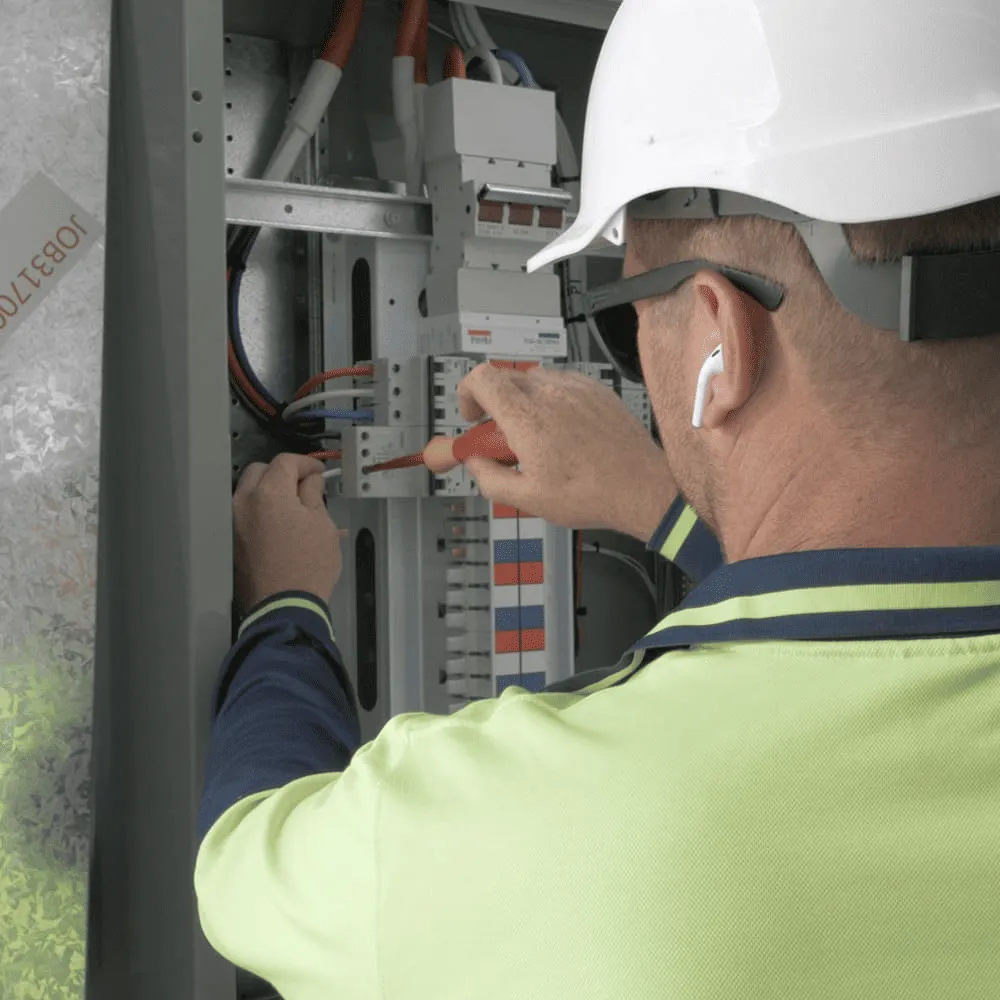
Households across Australia prepare to rely on their heating systems for warmth and comfort during winter. Gas fireplaces and ducted heating systems are efficient and reliable options, but they also require care and attention before heavy use. Neglecting to service them can lead to costly repairs, higher energy bills, and even serious safety risks.
This guide explores the dangers of skipping maintenance, what problems to look out for, and why professional servicing is the best investment you can make before the cold weather sets in.
Hidden Dangers of Neglecting Your Gas Fireplace
A gas fireplace may look like it’s working fine on the surface, but internal components can fail quietly. Common risks include:
- Gas leaks – A poorly maintained gas connection or valve can release gas into your living space. Even small leaks are hazardous and increase the risk of fire or explosion.
- Carbon monoxide buildup – A blocked flue or dirty burner can cause incomplete combustion, releasing carbon monoxide. This invisible gas is toxic and potentially fatal when undetected.
- Reduced efficiency – Soot or dust around burners restricts airflow, forcing the fireplace to work harder while producing less heat. That inefficiency shows up on your gas bill.
- Glass panel damage – Cracked or unsealed glass can leak heat and allow harmful fumes to escape into the room.
Ignoring these risks doesn’t just shorten the life of the fireplace. It can also put your household in danger.

What Happens When You Skip Ducted Heating Maintenance
Ducted heating systems are often hidden away in ceilings or under floors, making it easy to forget about them until something goes wrong. When left unserviced, they can create a range of problems:
- Duct leaks – Small tears or loose connections waste heated air, meaning your system has to work longer to achieve the same warmth. That translates to higher gas consumption.
- Dirty filters – Dust-clogged filters reduce airflow, strain the fan motor, and circulate poor-quality air throughout your home.
- Worn components – Motors, belts, and burners wear down over time. If they’re not checked before winter, they can fail when you need heating the most.
- Uneven heating – Blocked or damaged vents leave some rooms cold while others overheat. This imbalance reduces comfort and increases complaints from everyone in the house.
In the worst cases, cracked heat exchangers can leak carbon monoxide into the ducted system, spreading it throughout the home. Without proper servicing, this risk may go unnoticed until it becomes a serious hazard.
The Financial Cost of Neglect
Beyond safety concerns, ignoring maintenance has clear financial consequences. An unserviced fireplace or ducted heating system:
- Consumes more gas to achieve the same level of heat.
- Breaks down more frequently, leading to emergency call-outs and costly repairs.
- Reaches the end of its lifespan sooner, forcing homeowners to replace systems years earlier than necessary.
A simple annual service is far cheaper than replacing a burnt-out motor or installing a new heating system prematurely. Skipping maintenance is a false economy that rarely pays off.
Warning Signs That Shouldn’t Be Ignored
Sometimes systems give early warnings that they’re not running properly. If you notice any of these, it’s a sign that maintenance is overdue:
- A persistent smell of gas, even when the fireplace or heater is off.
- Yellow or flickering flames instead of a steady blue flame.
- Unusual noises such as rattling, banging, or whistling.
- Higher gas bills without increased use.
- Rooms heating unevenly or failing to reach the set temperature.
Waiting until a complete breakdown only makes repairs harder and more expensive. Acting early avoids bigger problems down the track.
The Safety Risks of Skipping Servicing
Gas systems, when left unchecked, pose serious risks that go beyond comfort and efficiency. These include:
- Carbon monoxide poisoning – Odourless and colourless, carbon monoxide can cause headaches, nausea, dizziness, and in severe cases, death. A service includes testing and ensures safe operation.
- Fire hazards – Dust buildup, faulty wiring, or damaged components increase the chance of fire. Servicing reduces these risks significantly.
- Health impacts – Poor indoor air quality from dirty filters or blocked vents can worsen asthma and allergies, especially for children and elderly residents.
Safety risks may not be obvious until it’s too late. That’s why preventive maintenance is essential.

Professional Servicing vs DIY Checks
Homeowners can and should do basic checks like cleaning filters, inspecting vents, and looking for visible damage. However, DIY checks can only go so far. Professional servicing includes:
- Gas pressure and leak testing.
- Inspection of burners, valves, and pilot lights.
- Carbon monoxide testing.
- Flue and duct inspections.
- Electrical safety checks.
These tasks require specialised tools and training. Only a licensed technician can carry them out safely and correctly.
Final Thoughts
The dangers of not maintaining your gas fireplace and ducted heating are too significant to ignore. From carbon monoxide risks to wasted energy and expensive breakdowns, the consequences can hit hard when the temperature drops.
A pre-winter service is simple, affordable, and effective. By investing a little time now, you’ll enjoy a warm, safe, and stress-free winter without the worry of unexpected heating problems.










